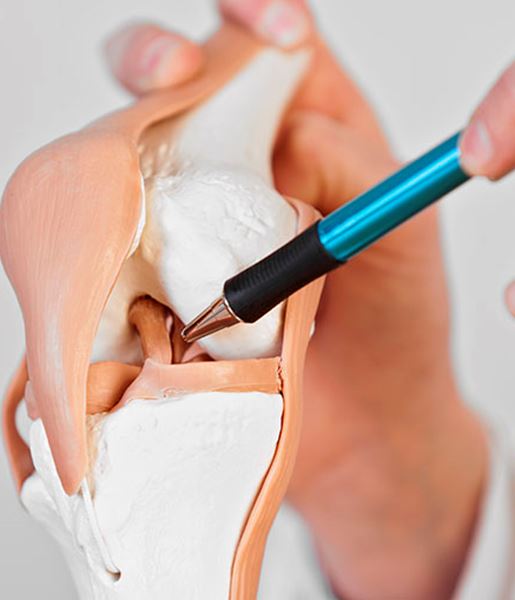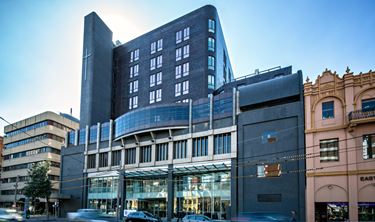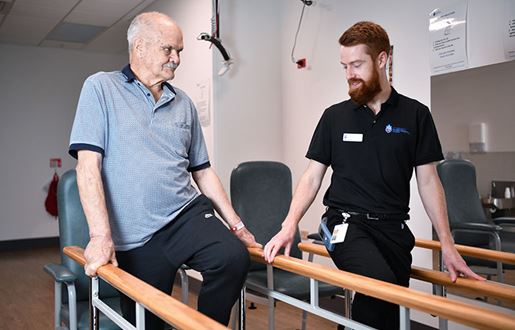Meniscectomy
How do I know if I need a meniscectomy?
The meniscus is a crescent-shaped band of cartilage that acts as a shock absorber for the knee joint. The medial meniscus sits on the inside of the knee, and the lateral meniscus on the outside. They help to evenly distribute the bodyweight. If twisting your knee causes pain, or you cannot fully straighten it, you could have a meniscus tear. This is a very common knee joint injury that usually results suddenly from energetic sporting activities, or more gradually from aging and brittle cartilage. More severe meniscus tears are usually sustained through injury as opposed to a degenerative tear.
A meniscectomy is an arthroscopic procedure to remove, or trim back, any torn meniscal tissue. It can be performed as a total or partial procedure depending on the size and location of the meniscus tear. In most cases, your surgeon will try to retain as much of your cartilage as possible to prevent further degeneration of your knee joint.
It's also known as meniscal surgery or arthroscopic meniscus surgery.
What are the general recovery times?
If the meniscus only has a small tear on the outer zone of the cartilage, it may heal by itself without surgery. This area has access to some blood supply which aids the healing process. If the tear is located deeper within the cartilage, it is more likely to require a partial meniscectomy.
Recovery from this operation will depend on the extent of the procedure, and whether it was performed on the inside (medial) or outside (lateral) meniscus. The knee pain and swelling will quickly improve and your leg strength should return within 3-4 weeks of surgery. You are likely to be back to performing your normal everyday activities within 6 weeks.
How performed
Meniscectomy is typically performed as an arthroscopic surgery, a minimally invasive procedure. During the surgery, small incisions are made around your knee, and an arthroscope (a small camera) is inserted to guide the surgeon. Specialised instruments are used to remove or trim the damaged part of the meniscus, the C-shaped cartilage in your knee. This approach results in less pain and quicker recovery compared to traditional open surgery.
Preparation
Before undergoing a meniscectomy, you'll need to undergo a thorough medical evaluation, including imaging tests like MRI, to assess the extent of meniscus damage. You may be advised to stop certain medications and to fast for a specific period before the surgery. It's also important to arrange for someone to drive you home post-surgery and to assist you during the initial recovery phase at home.
Follow up
After a meniscectomy, follow-up care is crucial for a successful recovery. This typically includes physiotherapy to restore knee strength and mobility. Your surgeon will schedule post operative appointments to monitor your progress. It's important to follow all instructions regarding activity levels, knee care, and exercises. Recovery time varies, but many patients return to normal activities within 6 weeks, gradually resuming more strenuous activities as advised.

Other knee surgeries and procedures
Total knee replacement approaches
Meniscectomy FAQs

How much will my knee surgery cost?
Understanding the cost of your treatment is an important consideration before committing to surgery, but it’s not always easy to find the information you need. Learn more about the factors which contribute to the cost of your surgery:
Find a hospital with orthopaedic services
Our Hospitals




